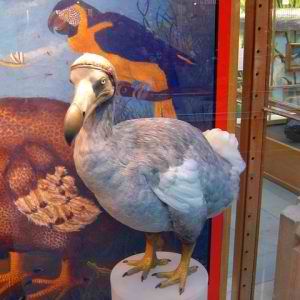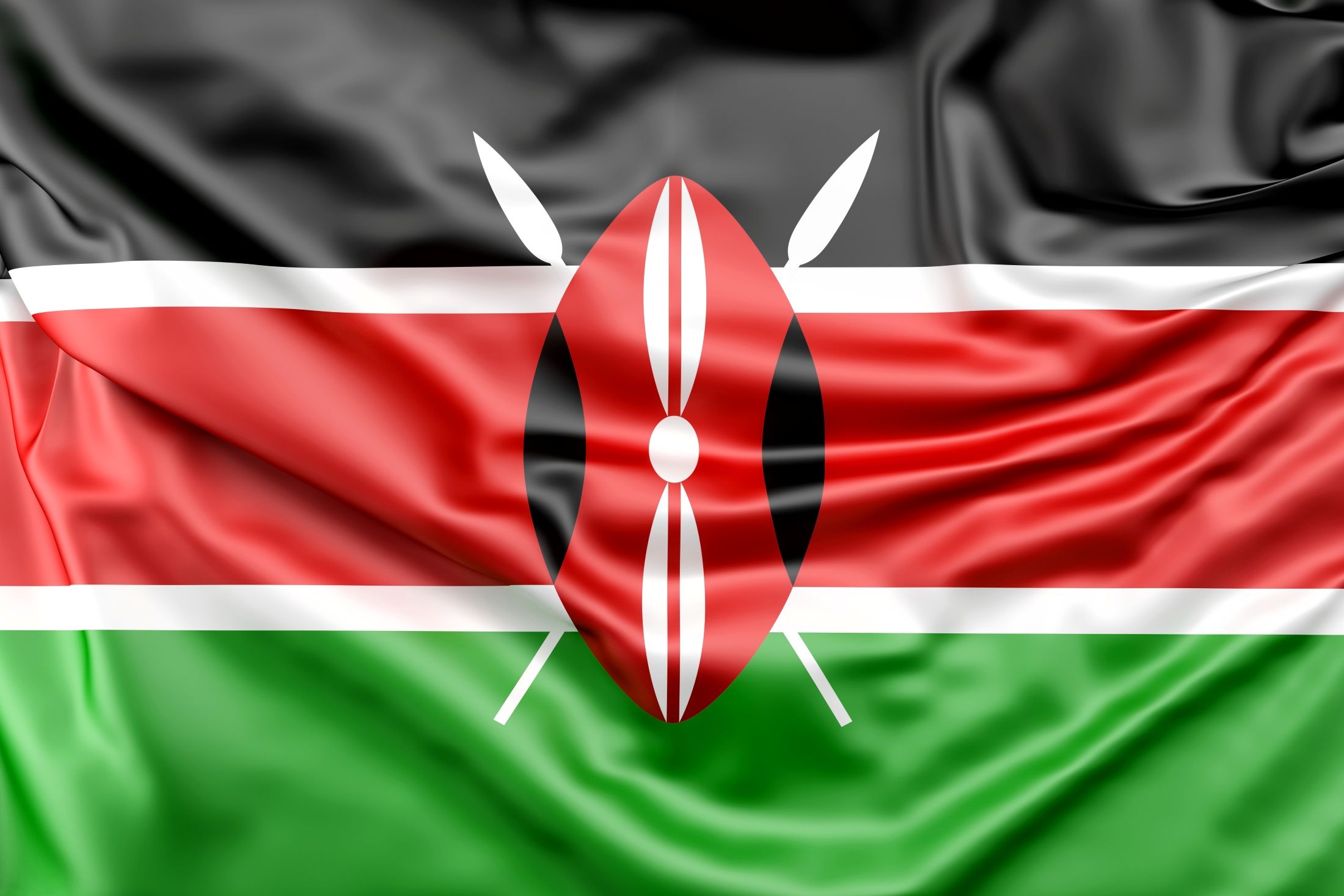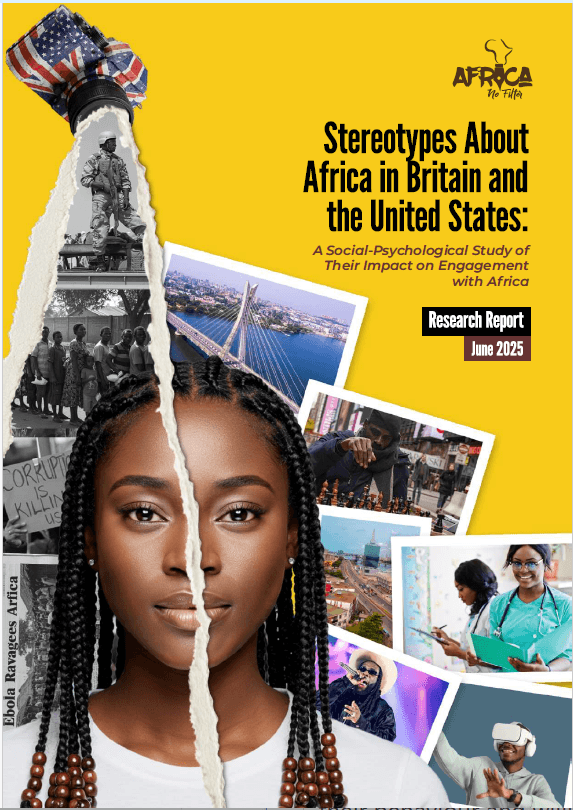The year 1662 is largely agreeable as the period that the last Mauritius Island bird Raphus cucullatus popularly known as the dodo was seen alive. The dodo is endemic to Mauritius and had not until 1598 experienced contact with the outside world; years of isolation had not prepared it for erratic and deeply unnerving behaviour of human beings and their monkey and dog pets.
Not a lot is known about the dodo except that adults towered one-metre-high, weighting roughly ten kilos, flightless, a member of the pigeon family, laying one egg at a time, built its nest on the ground was portly and the meat was bland. We also know that it was a naively trusting bird, it's said that if you wanted to enumerate the birds in a vicinity, all you had to do was catch one member and let it squawk and the rest would keenly show up to check out the scene. This bird, basically made a good lazy game for bored Dutch settlers and their pets getting hunted to extinction in under seventy years of its contact with human beings; thus the famous idiom “dead as a dodo” sometimes credited to British Biologist Richard Owen.
What happened to the dodo is a classic example of disruption. Disruption is boldly defined as problems which interrupt an event, activity, or process, it is ubiquitous and with high momentum. Next, we examine two issues that prevent business owners from adequately planning for future risks leaving them vulnerable to new disruptive business models sometimes with disastrous results.




